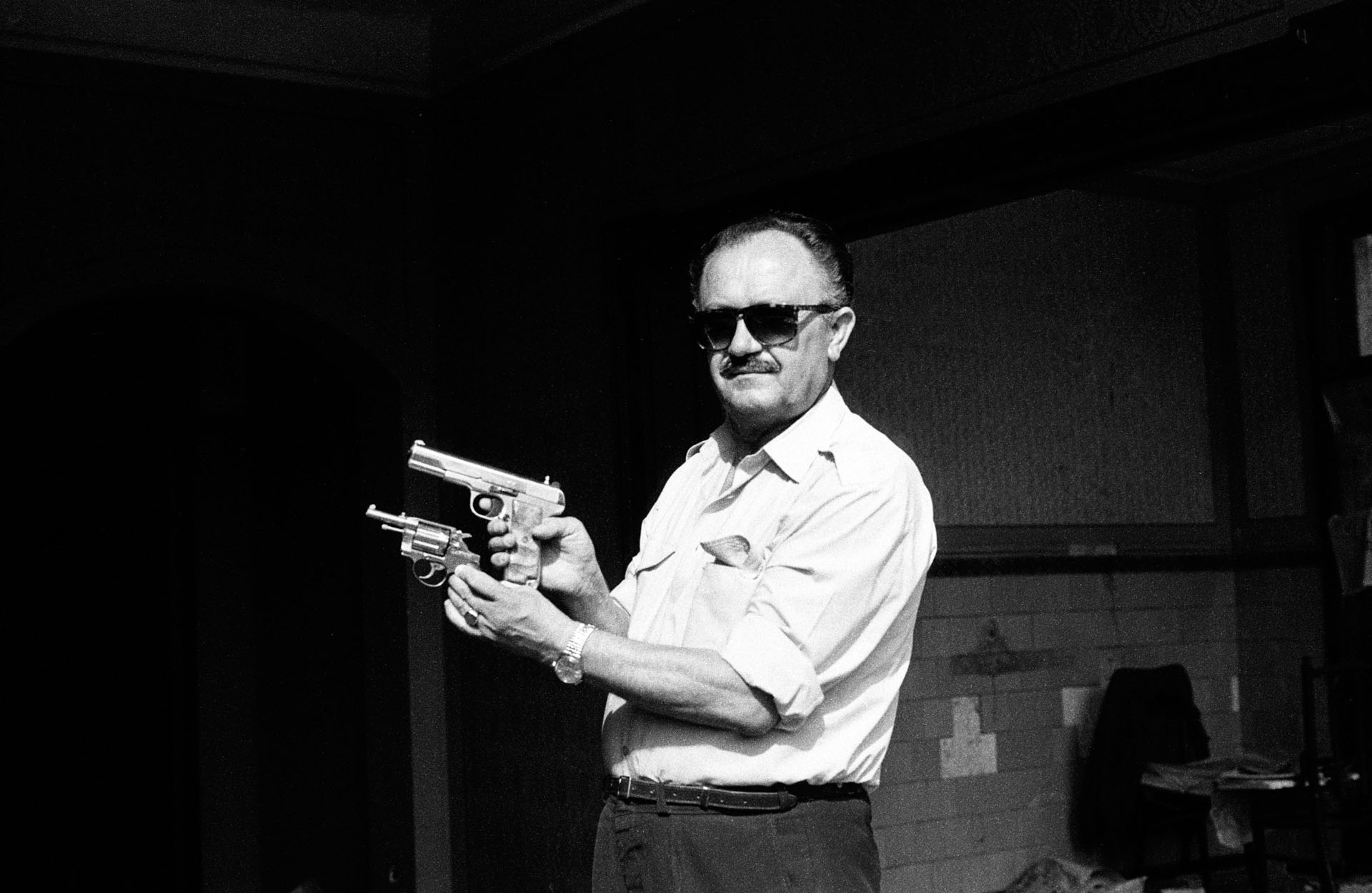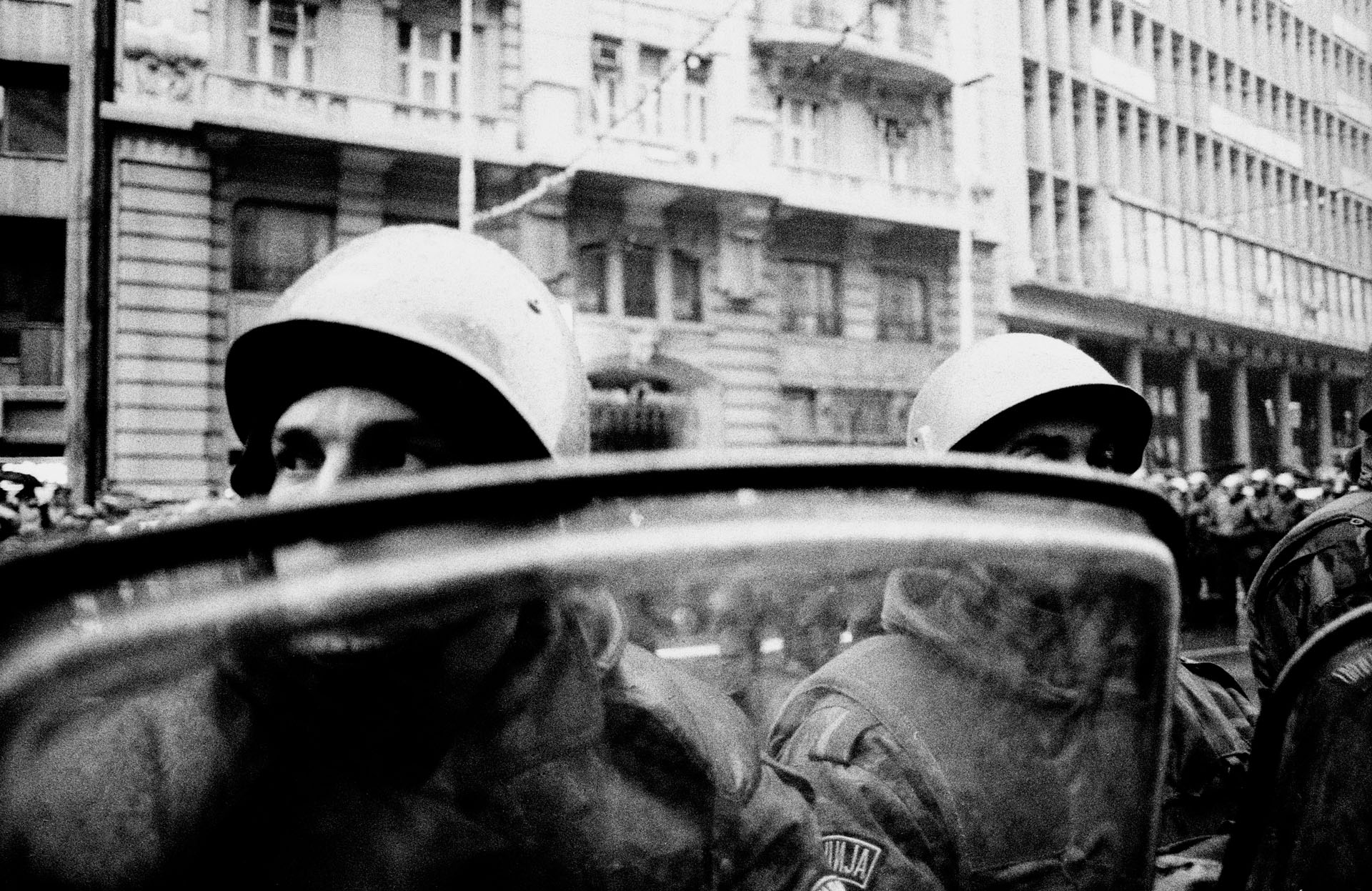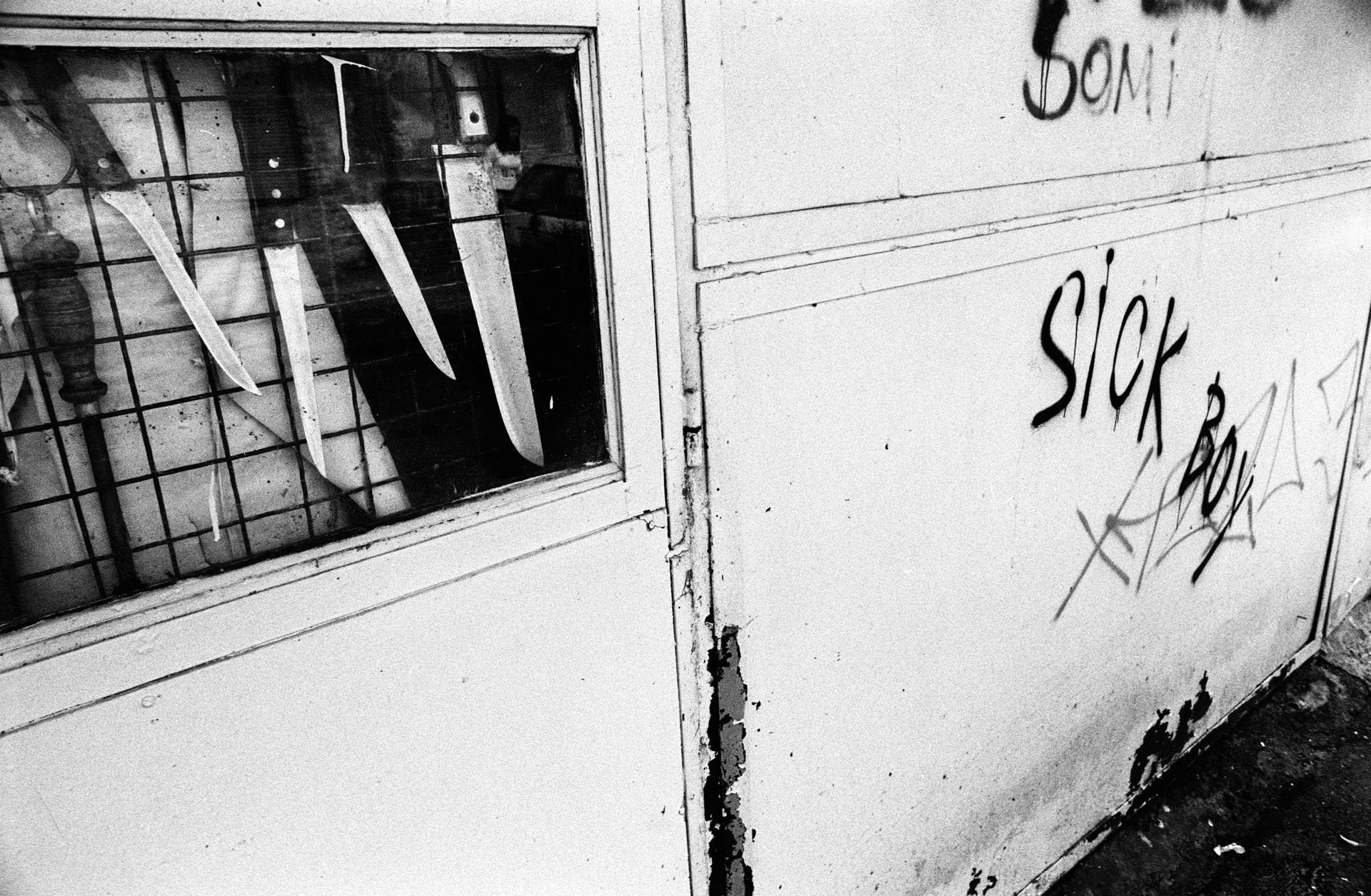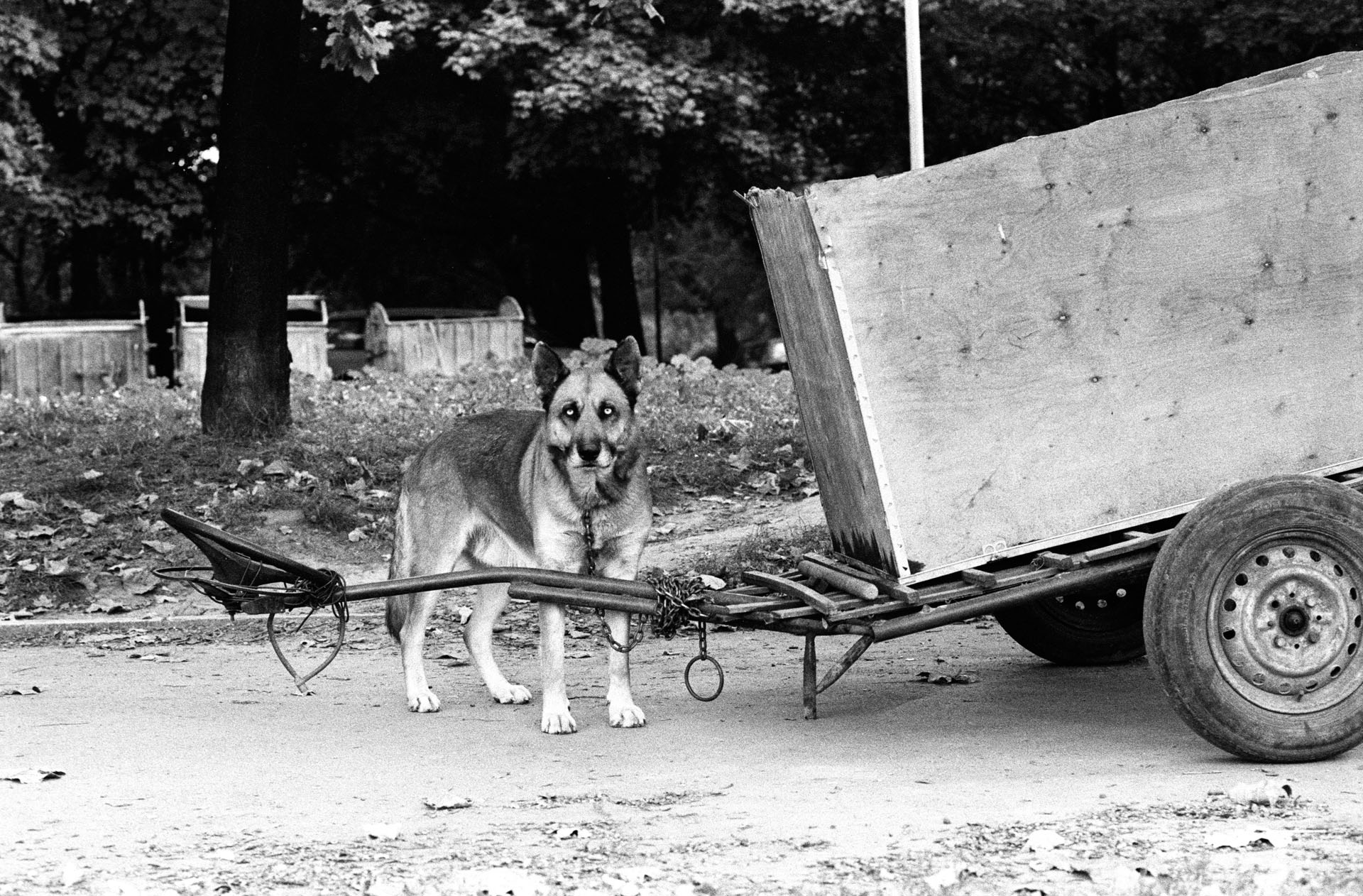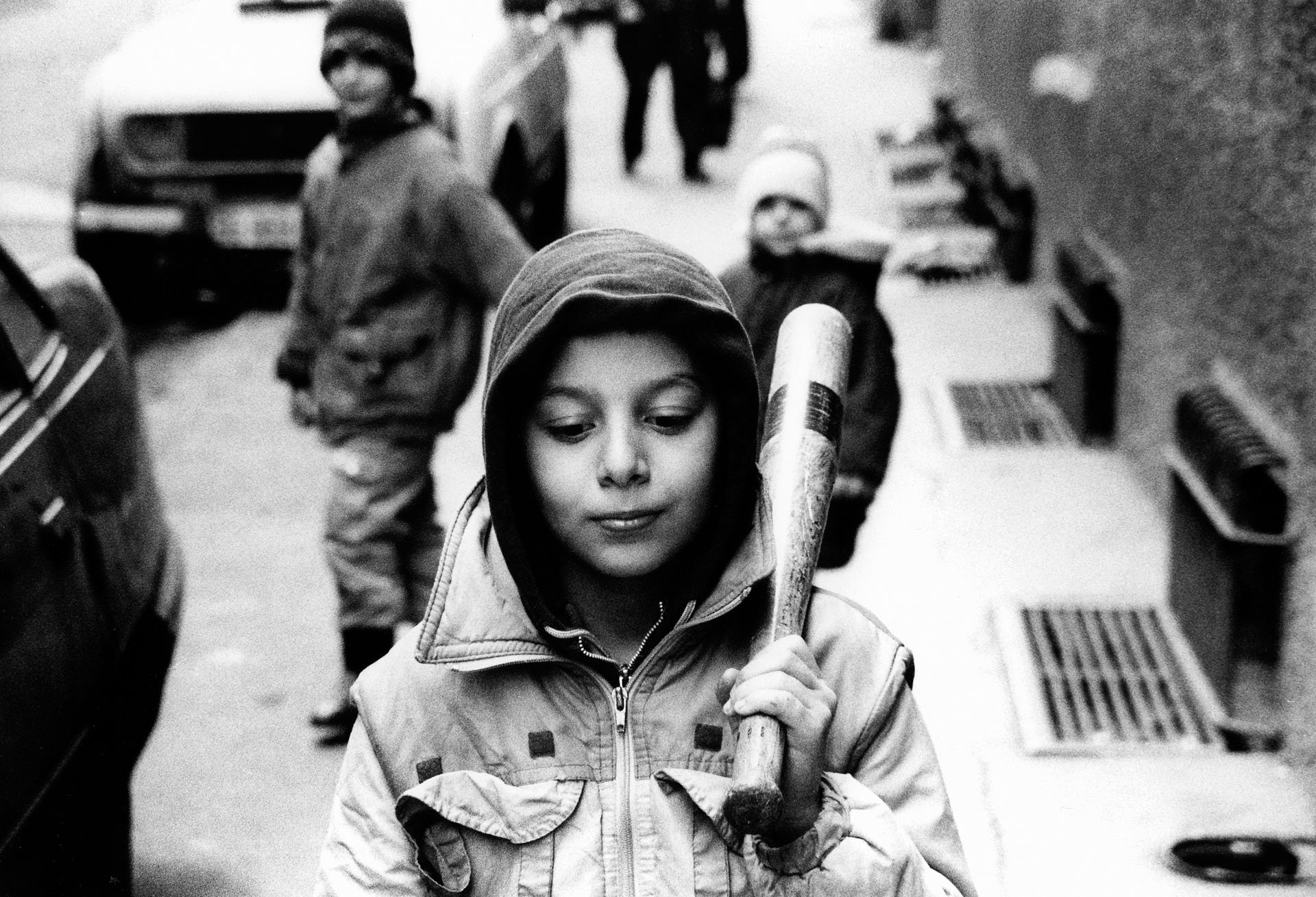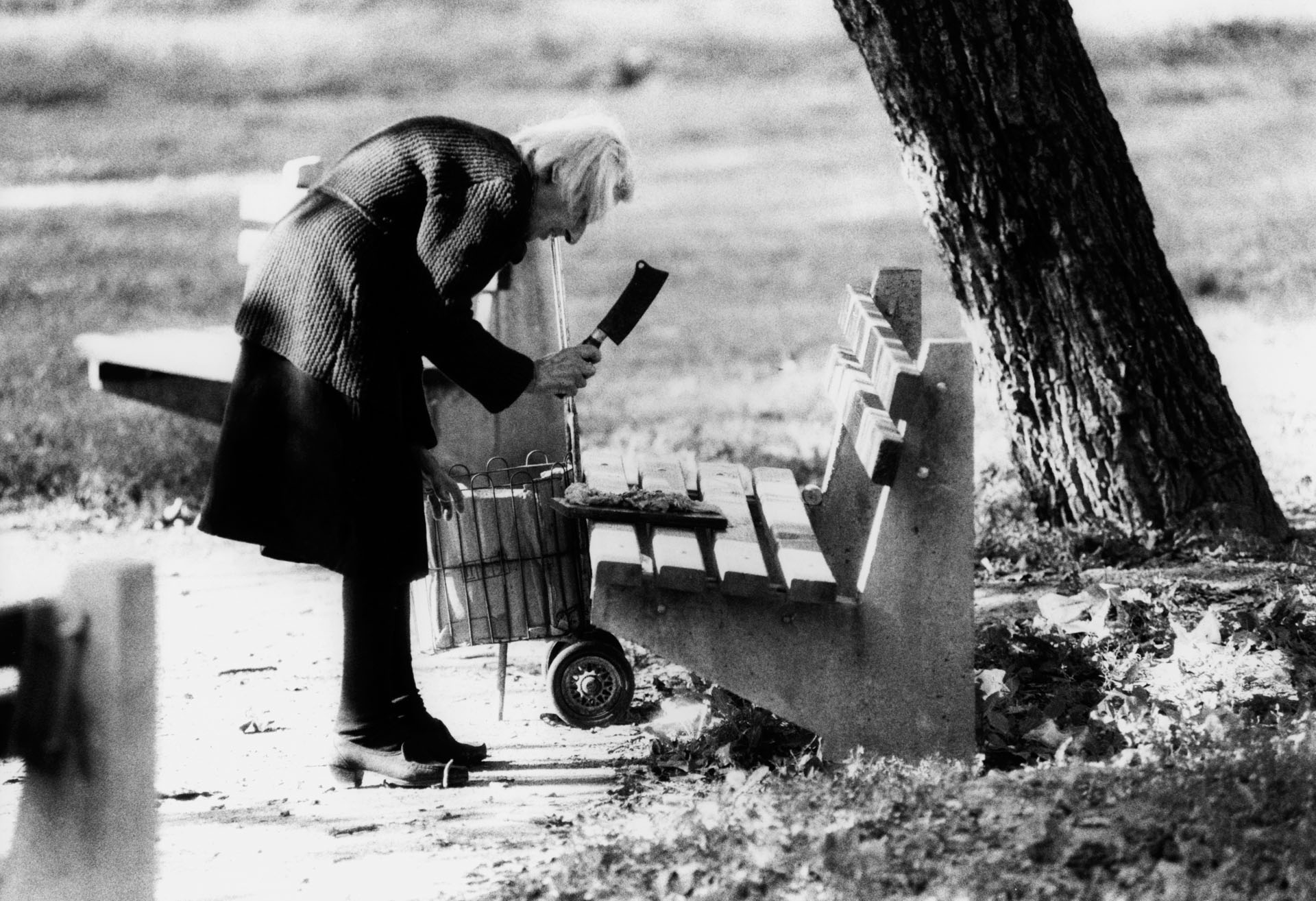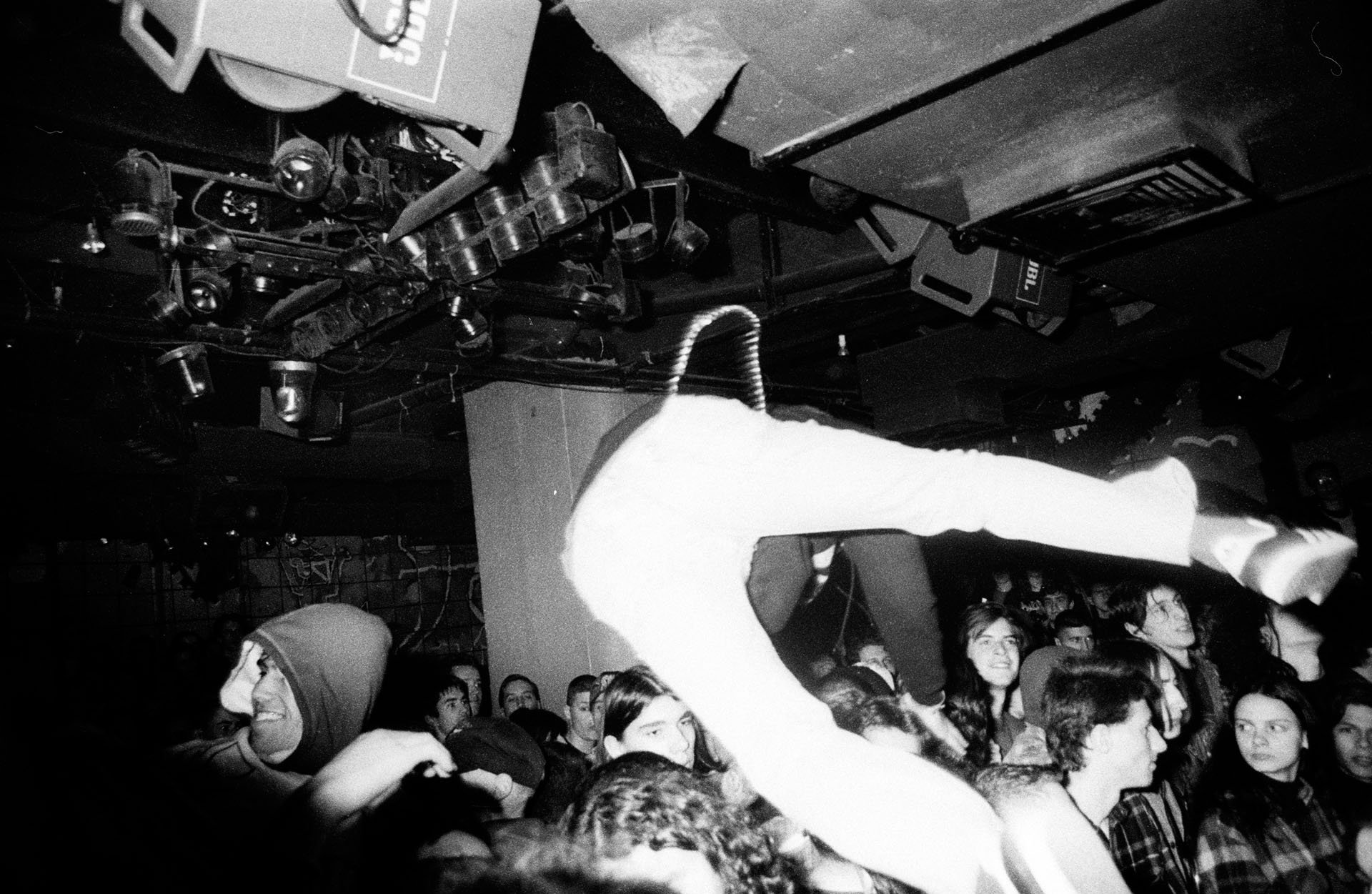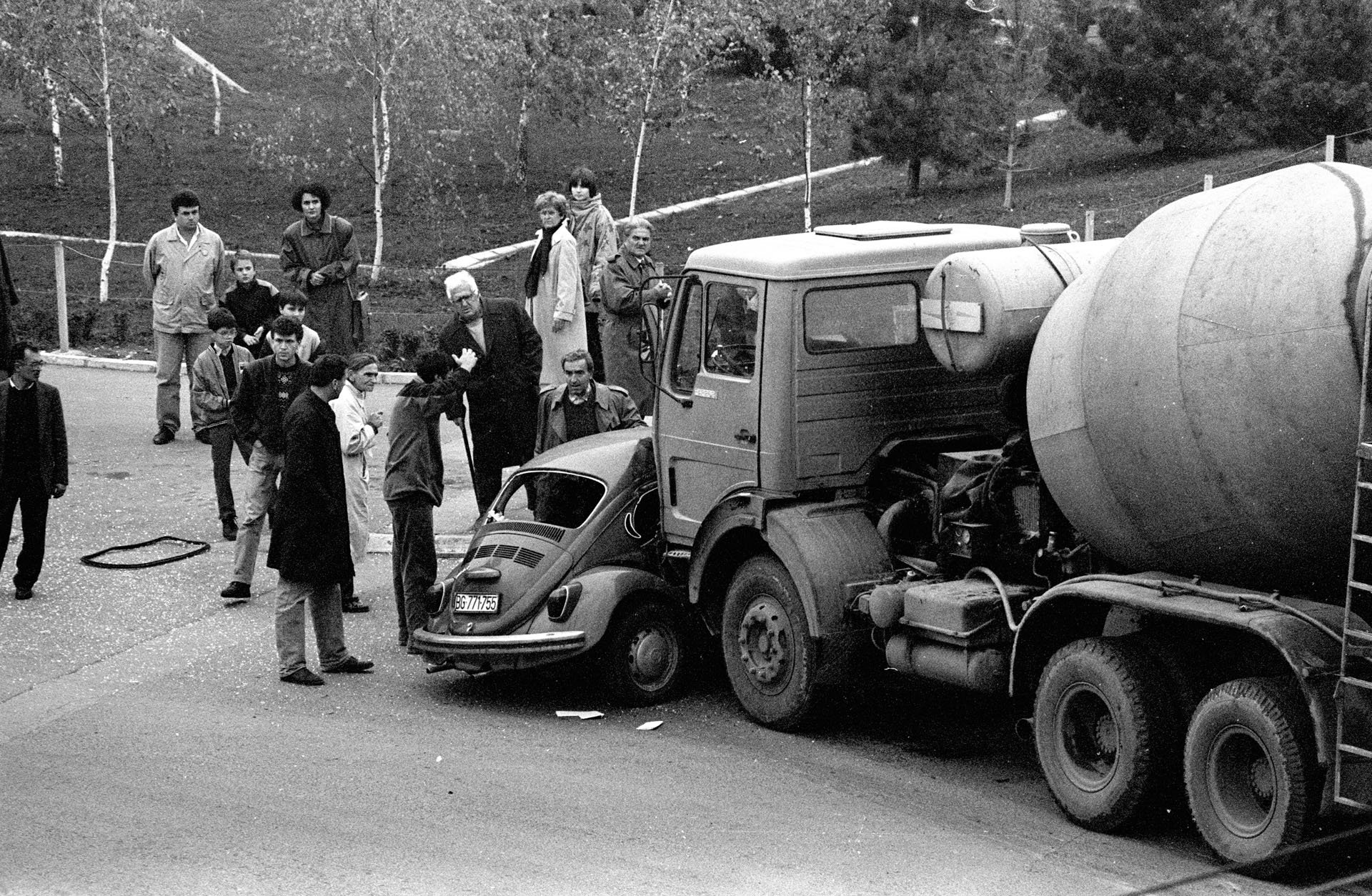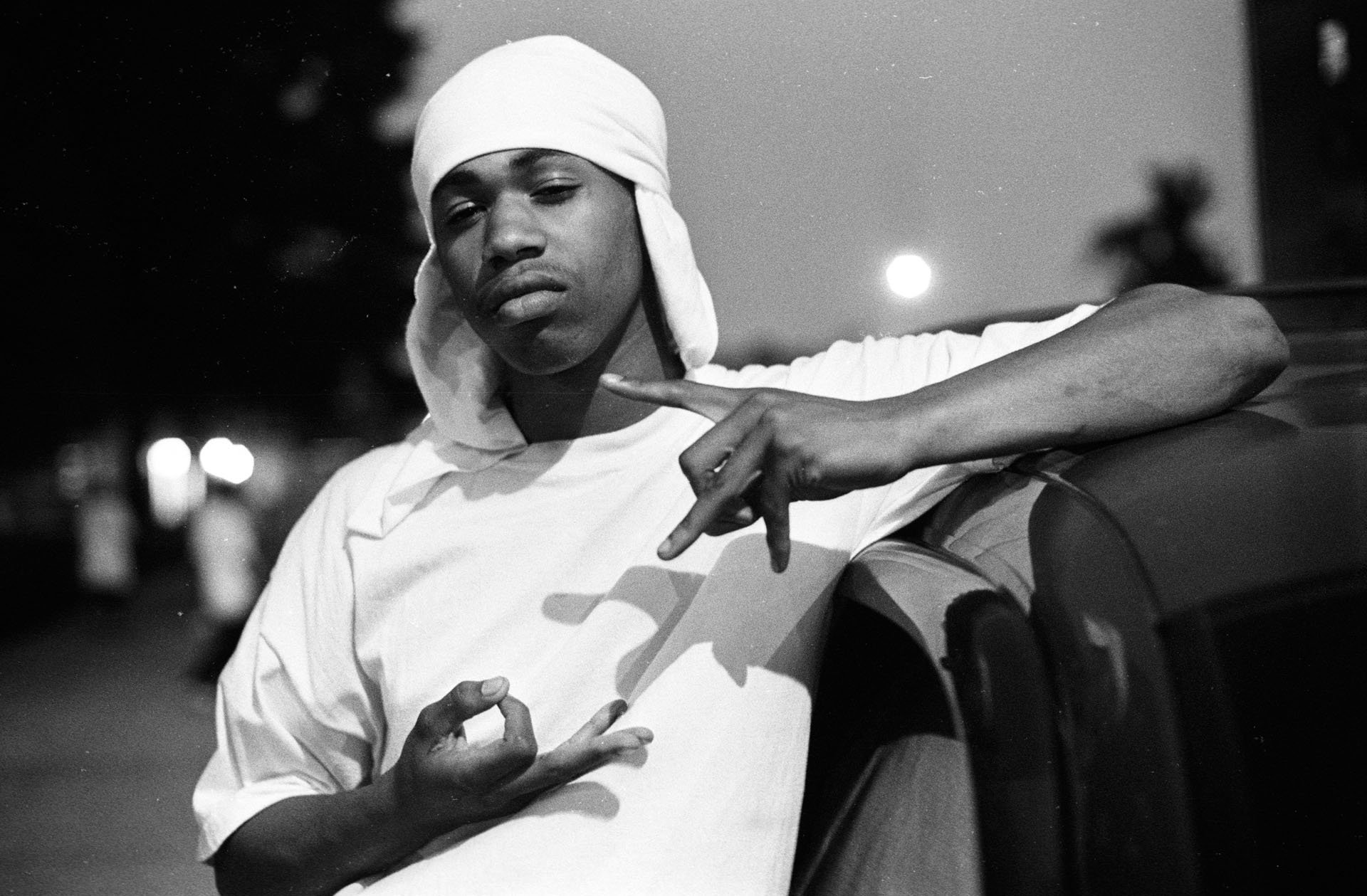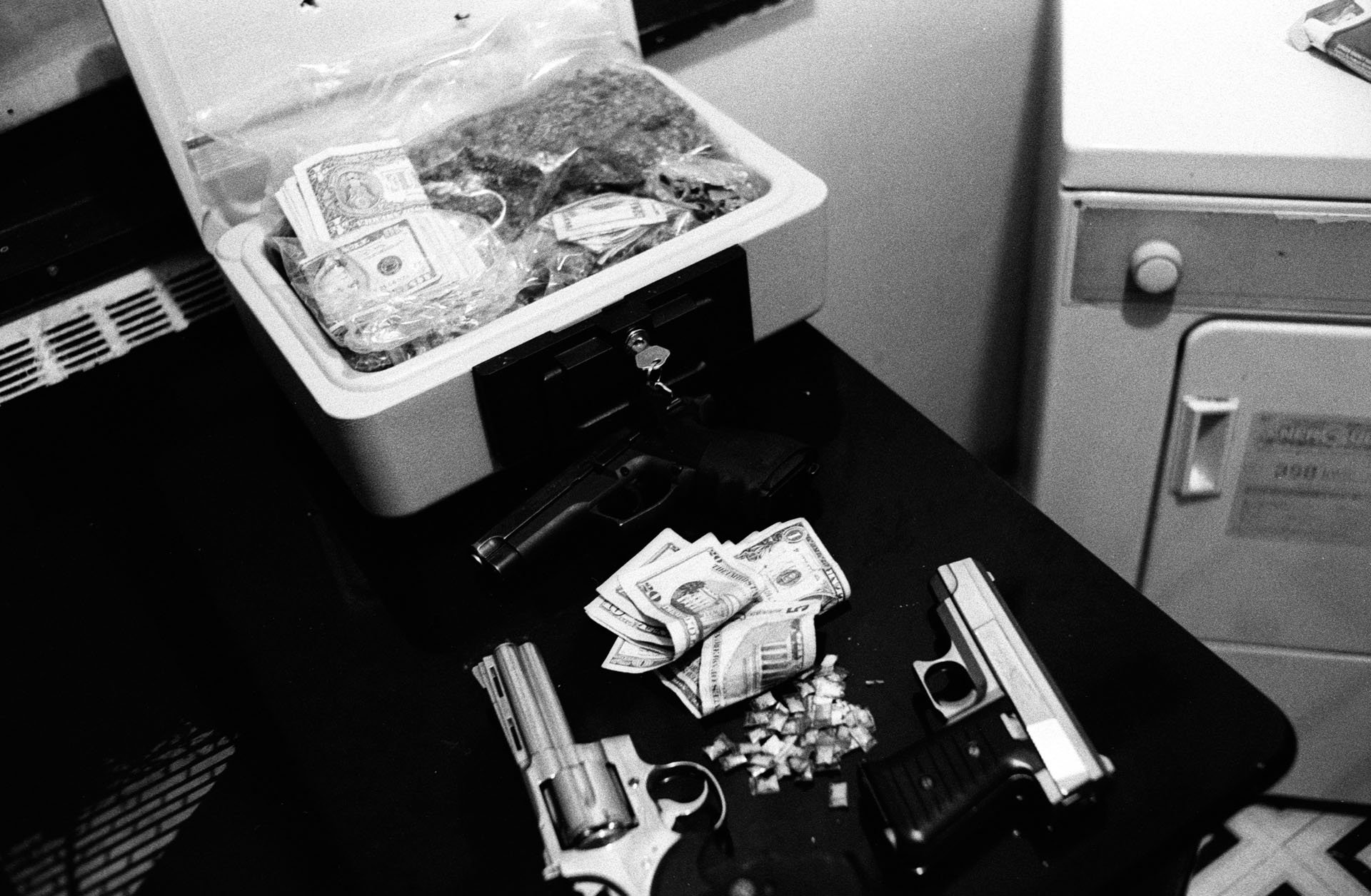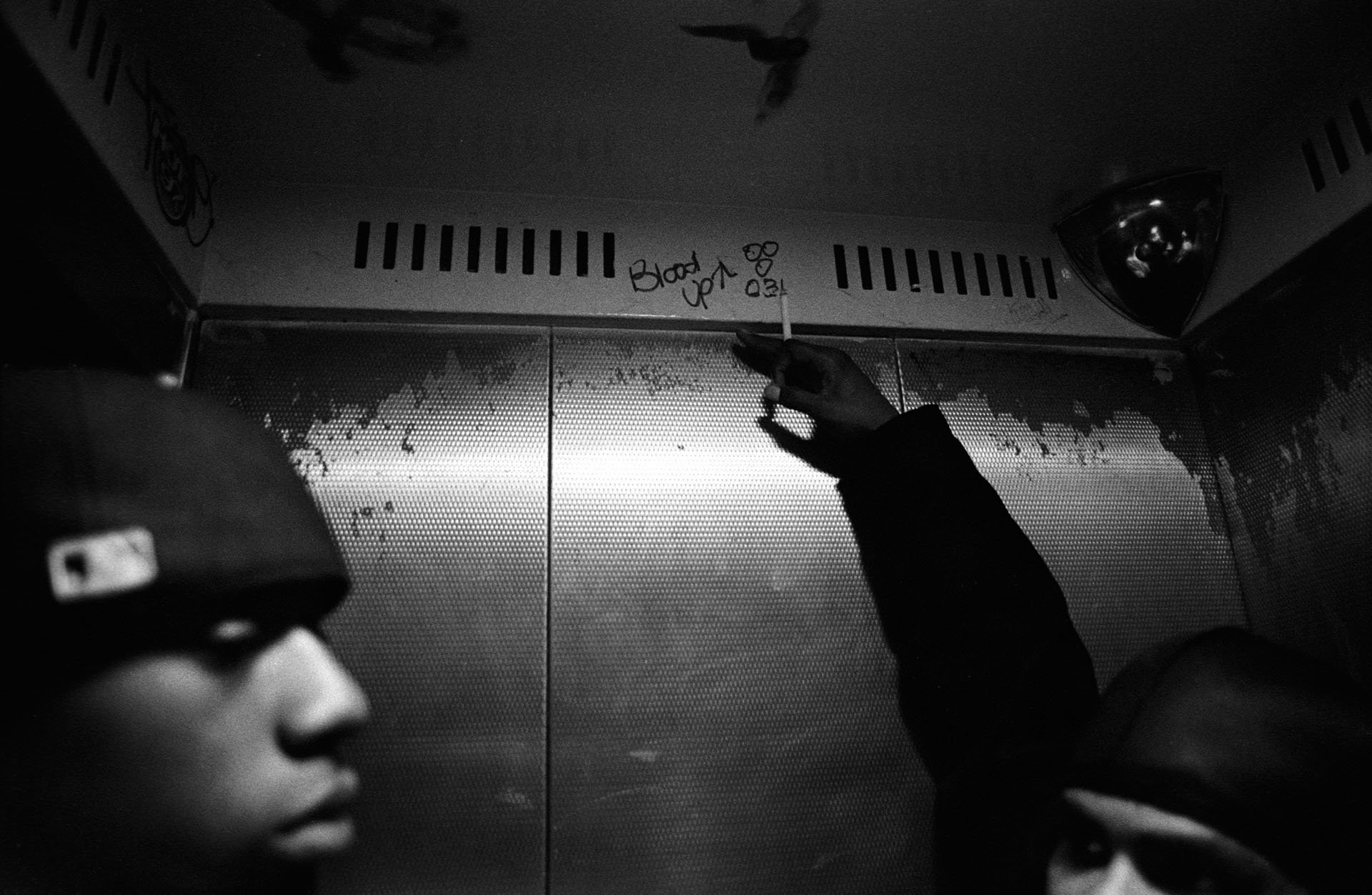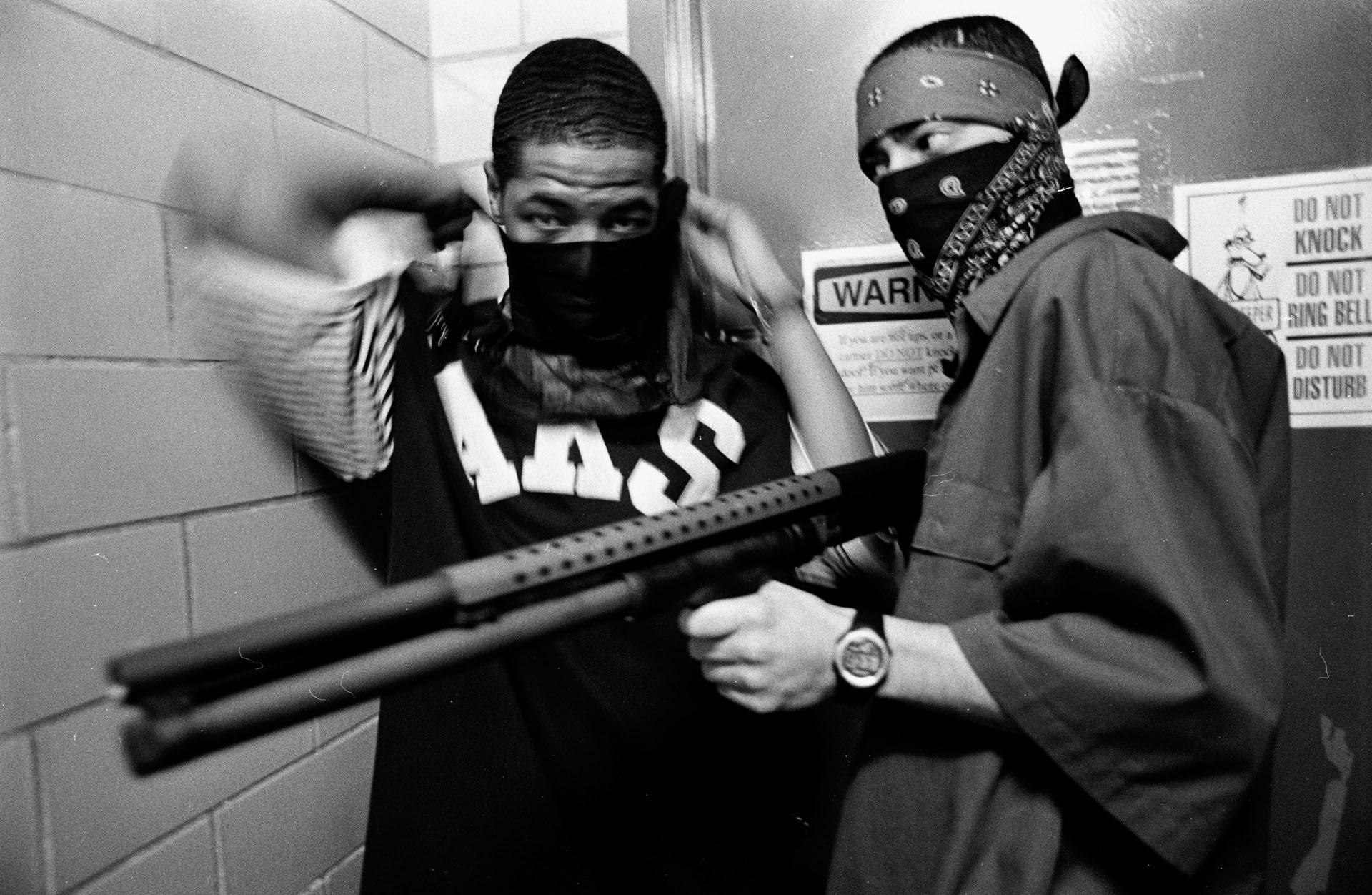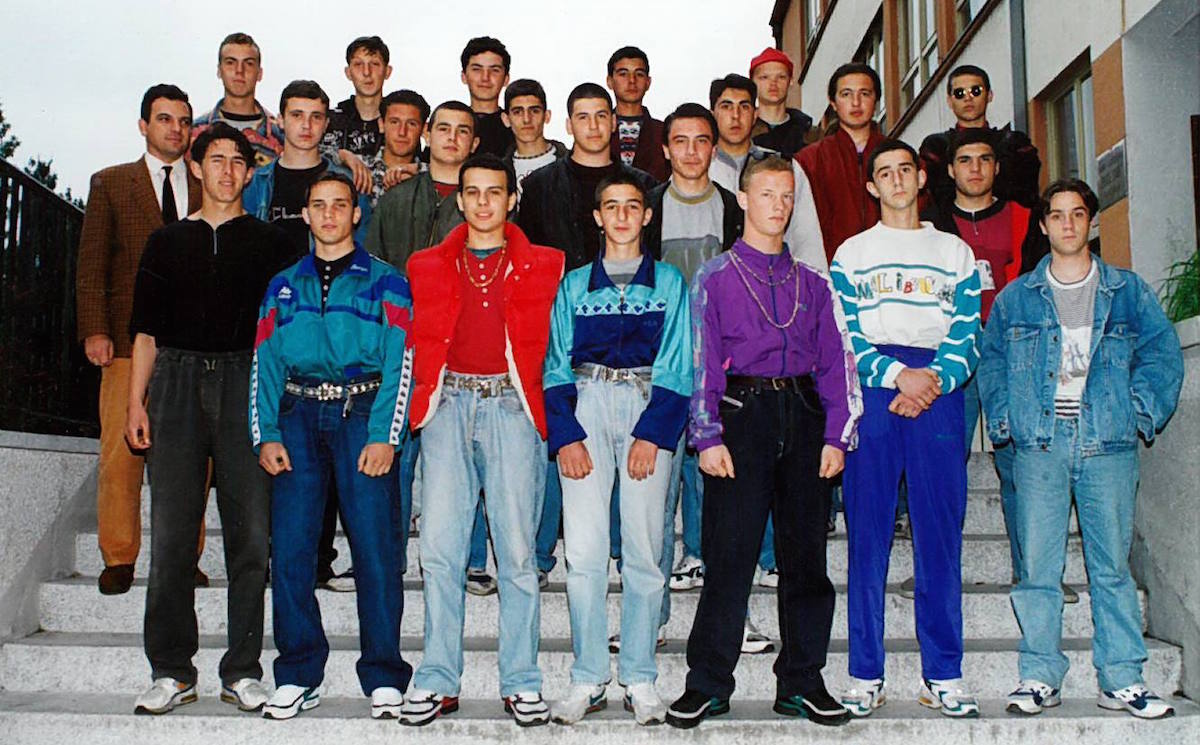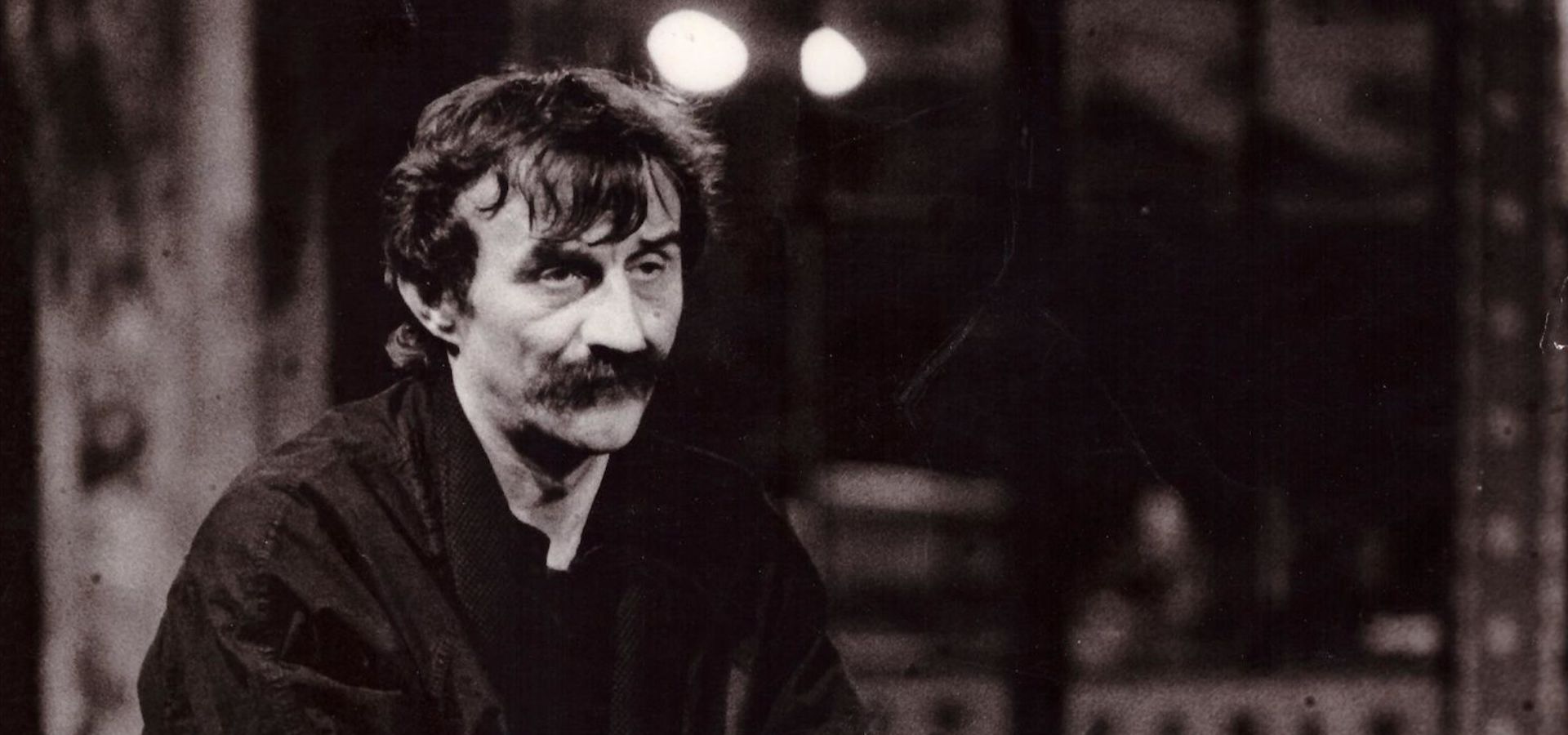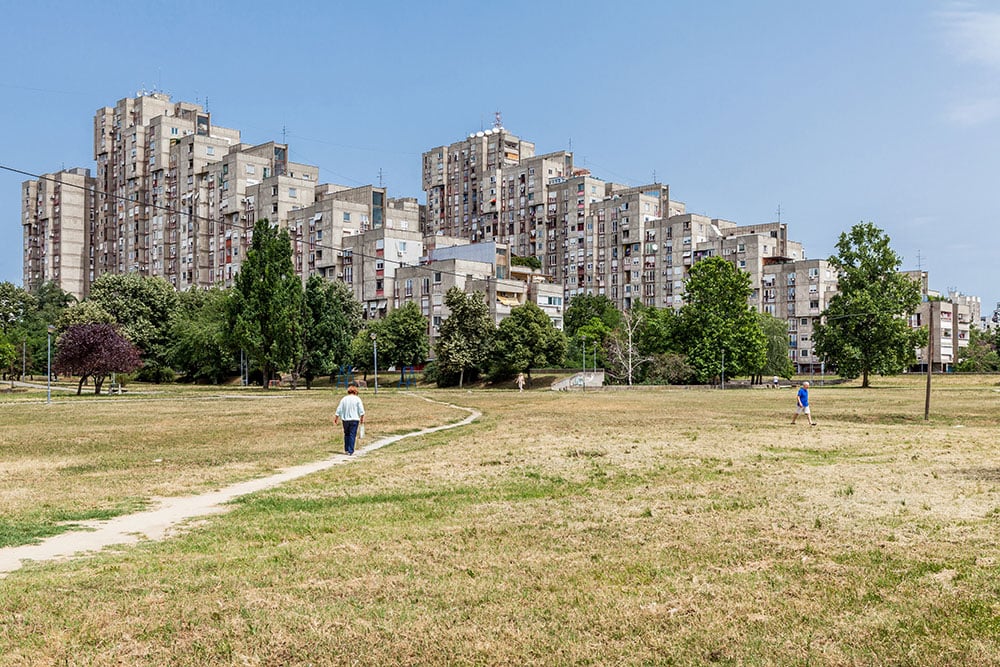Boogie: the photographer who captured Belgrade’s underbelly amid Serbia’s troubled 90s
Boogie began shooting Belgrade amid the Yugoslav wars, turning his lens on the everyday violence in a city plagued by neglect.
Boogie is arguably Serbia’s most accomplished photographer. He began his career stalking the streets of 1990s Belgrade, documenting the hopelessness and melancholy that choked the city throughout the Milošević years. His raw, monochrome aesthetic was perfectly suited to capturing the feeling of despair that defined the Serbian capital at the time, and his early work represents an emotionally vivid time capsule from that era.
“I’m not a journalist. I was just someone with a camera going to protests and taking photographs.”
Boogie was born Vladimir Milivojević in Belgrade in 1969, and was first introduced to photography by his father as a youngster. But it wasn’t until the outbreak of the Yugoslav wars that he began to take his craft seriously.
“You know, I’ve thought about why I became obsessed with photography at precisely the moment when all that shit kicked off here,’’ muses Boogie. “Somehow, when you’re behind the camera, it’s almost like you’re not taking part in all that chaos. You peer through the lens and it’s like you’re not a participant but an observer. So I think that was the reason: to preserve my sanity because that was a really heavy time. I think it helped me to disassociate with it to some extent.”
In contrast to other Yugoslav republics, Serbia remained untouched by direct military conflict until the beginning of the war in Kosovo in 1998. But that doesn’t mean that life in the Serbian capital was spared from the malignant sideaffects of war: international sanctions and hyperinflation demolished the economy while organised crime ran rampant, causing Belgrade’s murder rate to double.
“All that shit started really abruptly,” Boogie recalls. “All of a sudden everything just disappeared from stores. Like, overnight you’d go in and find a whole shelf full of only one type of white wine. You couldn’t buy anything. There was no food, none of this, none of that. Really quickly, this society that had been relatively normal started to collapse.”
From Belgrade Belongs to Me (2009)
Boogie’s photographs of Milošević-era Belgrade will provoke flashbacks for anybody who lived through that particular chapter of history. His images show battalions of riot police standing in formation amid one of the countless protests that marred the decade; delinquent youths aimlessly killing time in a nation under embargo; a dilapidated city neglected by a regime who prioritised ethnic cleansing and embezzlement rather than government; and world-weary Belgraders tormented by an amorphous everyday anguish.
All of his early work has a grainy rawness to them that’s reminiscent of the city itself. His photos and the city they depict seem to share the same texture, as if they’re both made from the same weathered concrete that dominates so much of the Serbian capital. Although Boogie’s work documents a significant historical moment, it’s distinctly not photojournalism. There’s a feeling of intimacy that’s created by the close proximity of his subjects. Unlike a war reporter, who might stand back and act like an impartial observer, Boogie feels present in the frame, lurking like a ghostly spectre somewhere on its edges.
His photographs from this period would remain unpublished until 2009, when Boogie released his fifth photobook, Belgrade Belongs to Me. Getting published wasn’t even in his thoughts at the time, he says: “I wasn’t working for any media organisation. I’m not a journalist. I was just someone with a camera going to protests and taking photographs. It was completely personal, without any intention of doing something with them.”
Boogie’s ascent to stardom happened more or less by accident. One night in 1997, he was getting drunk with some friends when they randomly decided to apply for the US green card lottery. Out of the entire group, only Boogie was successful, and, in early 1998, he packed his bags and moved to New York. There, he continued to focus on much the same subjects as before, spending his days hanging out in the ghettos of Brooklyn, photographing drug dealers, junkies and the squalor that festers in the shadows of the American dream.
From Belgrade Belongs to Me (2009)
“I took up photography in a really, really dark period in Belgrade’s history and that became a part of me, this dark view of the world.”
From It’s All Good (2006)
These photos, first published in 2006 in his debut monograph, It’s All Good, are filled with shots of gangsters showing off their guns and cash, heroin addicts plunging syringes into their veins, and the more mundane, slow, oppressive grind of everyday life in New York. Like his shots from Belgrade, this period of Boogie’s work is intensely intimate. In many ways, it’s remarkable that he, as an outsider, was able to convince hardened criminals to incriminate themselves by posing for photographs that could be used to get them indicted. Logic would suggest that his otherness would be a hindrance in this closed, insular world. But Boogie tells me that, actually, it was an asset.
“You know what, I don’t speak English like somebody who they hate,” he says. “I speak with some Serbian accent that’s weird to them. That alone makes you intriguing. Like: what’s this? A white guy with a camera? Mysterious.”
Surprisingly, getting access to his subjects wasn’t difficult: “I just walked in and they took a liking to me and that was that. It was all on a human level,” he says. Did his experience in wartime Belgrade, where gangland murders and drug addiction were widespread, help prepare him for his expeditions into the ghettos of Brooklyn?
“Of course,” he says, matter-of-factly. “It prepared me in the sense that I don’t have any great fear of anything now … The whole country was a giant ghetto [back then]. One big ghetto from which there was no escape. It’s not like the ghetto in America where you just cross a bridge and you’re in Manhattan. There was no exit, that was it.”
Boogie’s photographs of New York’s underbelly propelled him to fame and landed him work on ad campaigns for major global brands, including Nike, Adidas, and Puma. Today, he has a total of eight photobooks to his name, as well as an updated edition of his debut to mark the 10th anniversary of its release. But unlike many artists who’ve tasted commercial success, Boogie’s forays into advertising haven’t compromised his personal output. He continues to document the darkest corners of urban life, and while his work may no longer be quite as shocking as those early excursions into New York city, they still retain the trademark grit for which he is so famous.
From It’s All Good (2006)
Cities and the people who live in them continue to be the centrepiece of his work. Aside from Brooklyn and Belgrade, he has released books devoted to Istanbul, São Paulo, Moscow, and Kingston in Jamaica, while other personal photo projects have taken him to Bangkok, Caracas, Mexico City, Tokyo, Tbilisi, and Rio De Janeiro. As you’d expect, wherever he goes he uses his camera to seek out football hooligans, prostitutes, vagrants, and outcasts, as well as normal people with the true weight of the world on their shoulders.
When I ask him what attracts him to urban blight and alienation, he suggests that it’s a byproduct of his artistically-formative years in 1990s Belgrade: “I took up photography in a really, really dark period in Belgrade’s history and that became a part of me, this like dark view of the world.”
Boogie still remains instinctively drawn back to his hometown. For much of the past decade, he has divided his time between Brooklyn and Belgrade. While he admits that the Serbian capital doesn’t inspire him as much as it used to in the bad old days, its importance to him is by no means diminished.
“I inhaled my first breath here. That’s a huge thing,” says Boogie. “I feel this city and I love it.”
From Belgrade Belongs to Me (2009)
